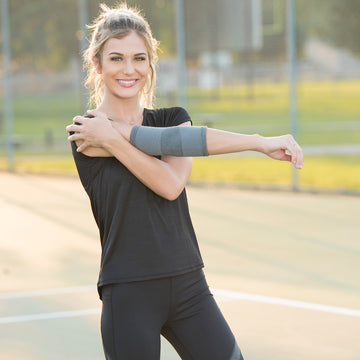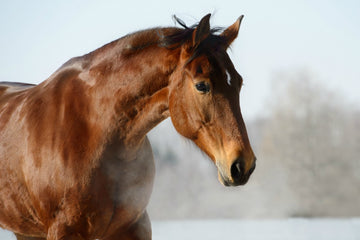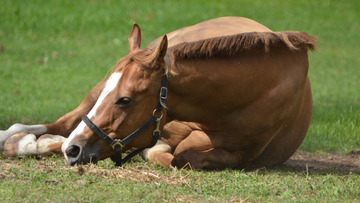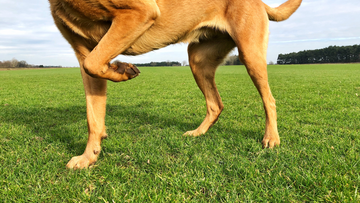 It’s here – the dead of winter. Many horse owners like to give their horses a little bit of a break during the winter, especially the senior horses. Senior horses are very sensitive to the cold weather. With the cold weather, we try to spend the least amount of time out in the barn (it’s cold!). We tend to overlook things around the barnyard when we spend less time out there. One thing that we need to keep in mind is the overall condition of our horses. The winter is very hard on senior horses so we need to pay special attention on them.
How can we monitor our horses? The best way to monitor your horse throughout the winter is by a Body Conditioning Score (BCS). A body conditioning score is a very simple way to judge your horse’s weight. The scale runs from 1 to 9, one being the lowest and 9 being the highest. Horses with a body score of less than 4 are at high risk of hypothermia and starvation. A horse with a BCS of less than four will not have enough body mass to insulate their body. Determine your horse’s BCS by touching your horse. During the winter, your horse’s hair can hide their true BCS.
When judging your horse’s BCS feel over the ribs, neck, shoulders, spine, hips and tail head. If you can feel your horse’s ribs easily, their BCS will be under 4. This horse is at a high risk for hypothermia.
To increase your horse’s BCS, you must provide your horse with plenty of food. The amount of energy demands will increase as the temperature drops. This energy is needed to keep your horse warm. A horse will eat 1.5-2% of their body weight in food per day. This means that an average 1,000 lb horse will eat at least 20lbs of hay per day. During the winter, you should also provide your horse with extra hay since there is no forage available.
For a body conditioning score visual, visit: http://www.tacomaequine.com/bcs.htm
For more information on BCS in the winter, visit: http://www.thehorse.com/articles/22683/horse-health-tips-for-extreme-cold-weather
It’s here – the dead of winter. Many horse owners like to give their horses a little bit of a break during the winter, especially the senior horses. Senior horses are very sensitive to the cold weather. With the cold weather, we try to spend the least amount of time out in the barn (it’s cold!). We tend to overlook things around the barnyard when we spend less time out there. One thing that we need to keep in mind is the overall condition of our horses. The winter is very hard on senior horses so we need to pay special attention on them.
How can we monitor our horses? The best way to monitor your horse throughout the winter is by a Body Conditioning Score (BCS). A body conditioning score is a very simple way to judge your horse’s weight. The scale runs from 1 to 9, one being the lowest and 9 being the highest. Horses with a body score of less than 4 are at high risk of hypothermia and starvation. A horse with a BCS of less than four will not have enough body mass to insulate their body. Determine your horse’s BCS by touching your horse. During the winter, your horse’s hair can hide their true BCS.
When judging your horse’s BCS feel over the ribs, neck, shoulders, spine, hips and tail head. If you can feel your horse’s ribs easily, their BCS will be under 4. This horse is at a high risk for hypothermia.
To increase your horse’s BCS, you must provide your horse with plenty of food. The amount of energy demands will increase as the temperature drops. This energy is needed to keep your horse warm. A horse will eat 1.5-2% of their body weight in food per day. This means that an average 1,000 lb horse will eat at least 20lbs of hay per day. During the winter, you should also provide your horse with extra hay since there is no forage available.
For a body conditioning score visual, visit: http://www.tacomaequine.com/bcs.htm
For more information on BCS in the winter, visit: http://www.thehorse.com/articles/22683/horse-health-tips-for-extreme-cold-weather
Written by Emily Konkel






















